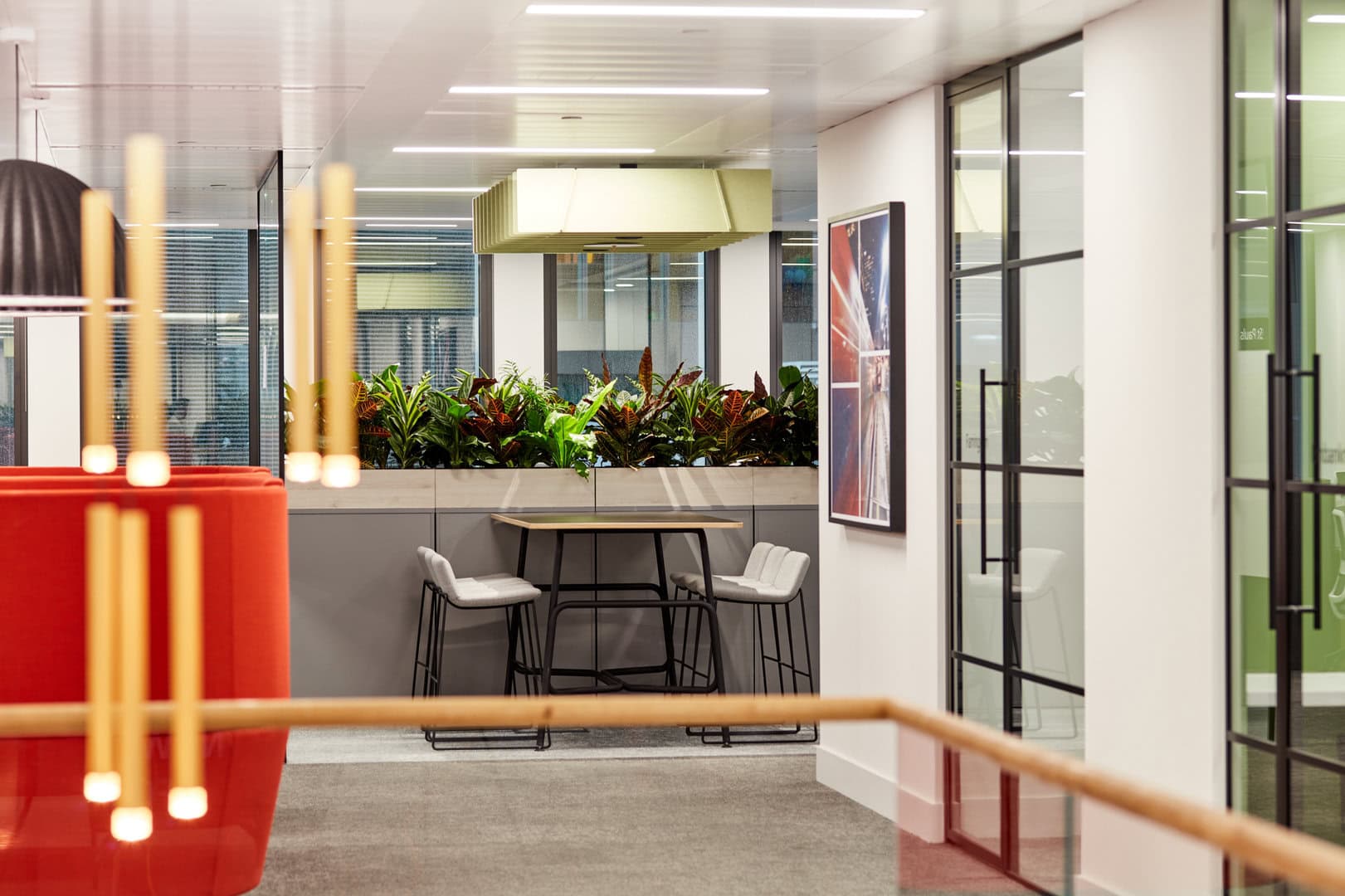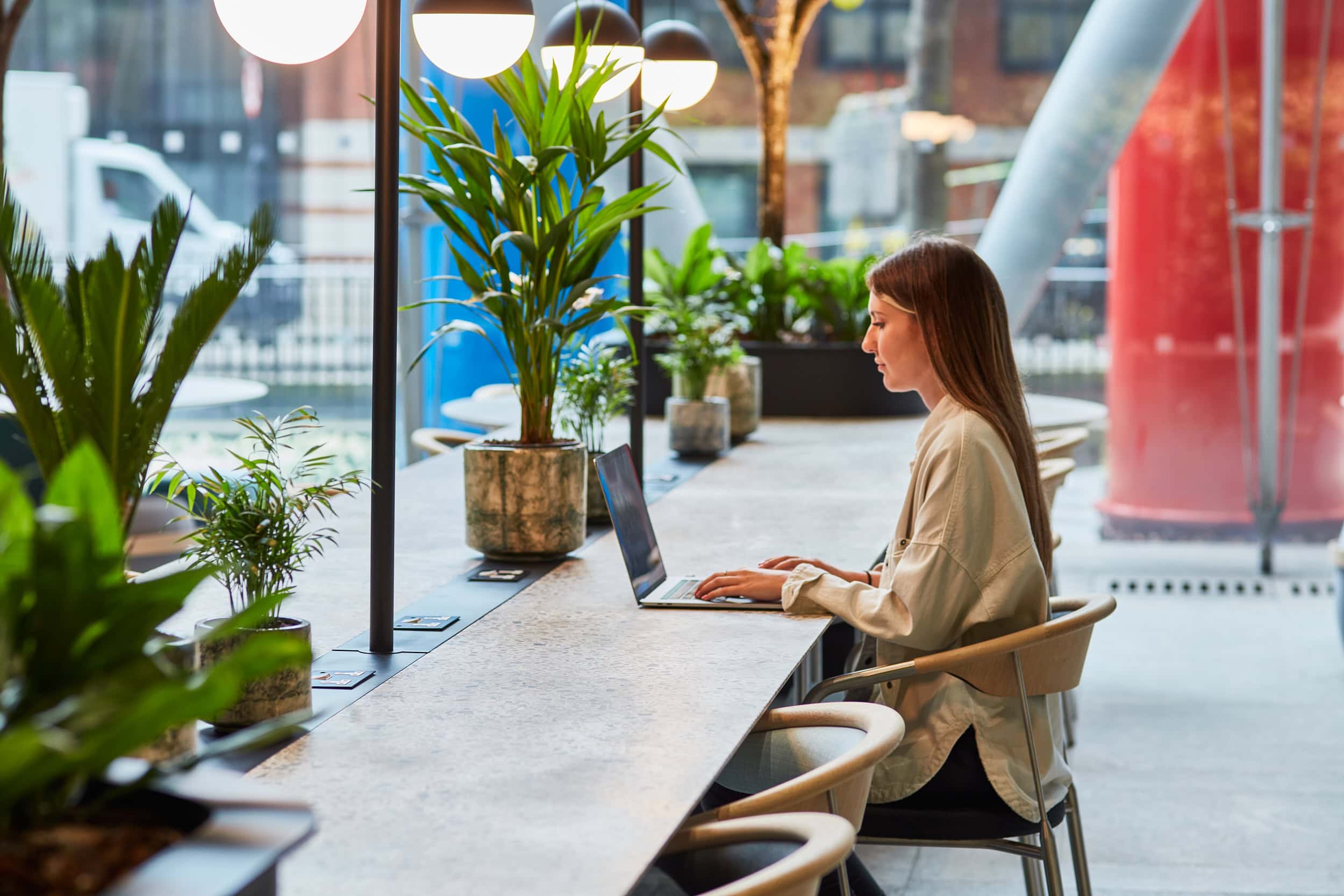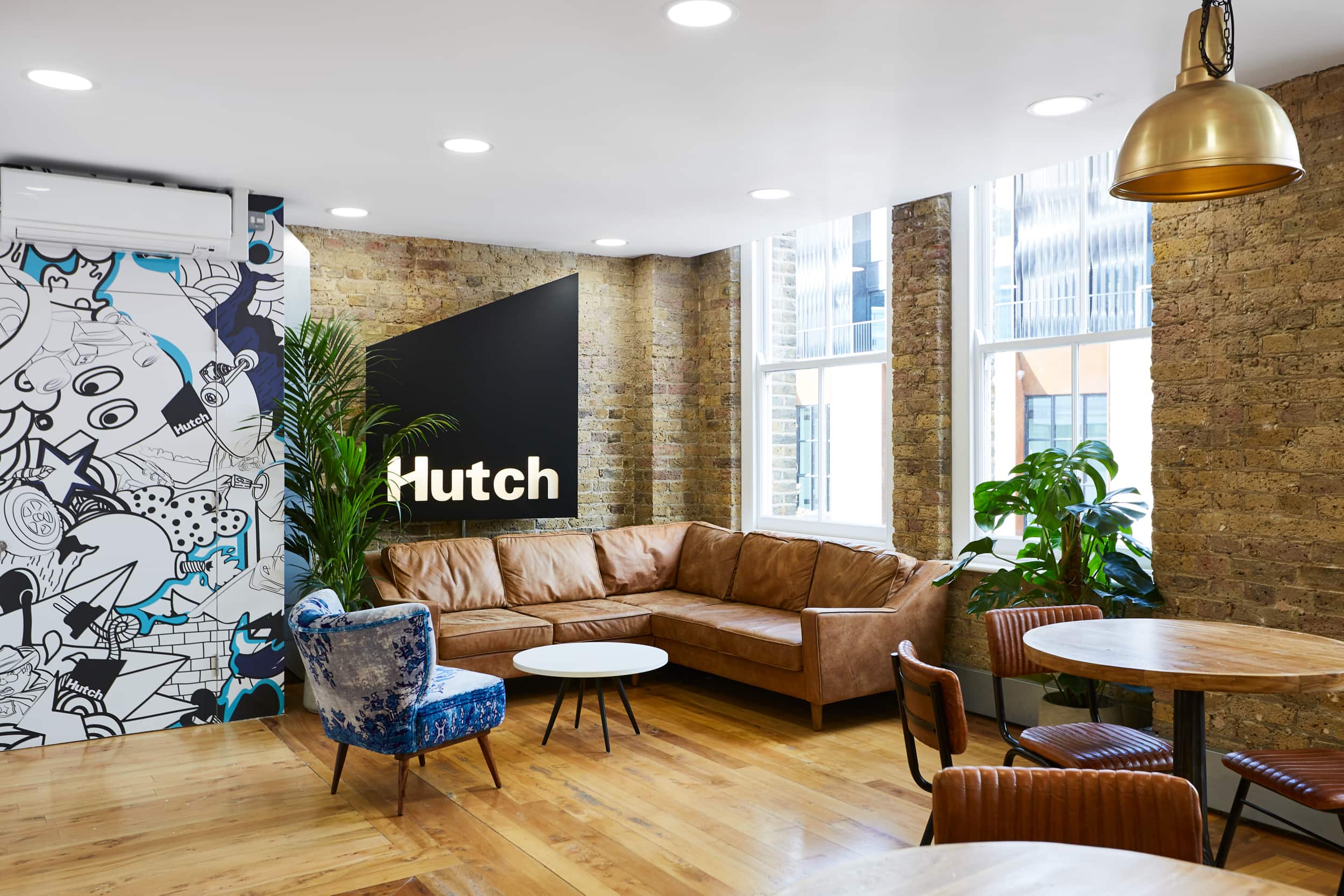Reformulating Workplace Wellness Post COVID-19
Explore the transformative impact of COVID-19 on redefining workplace design, embracing more responsive spaces to focus on workplace wellness.
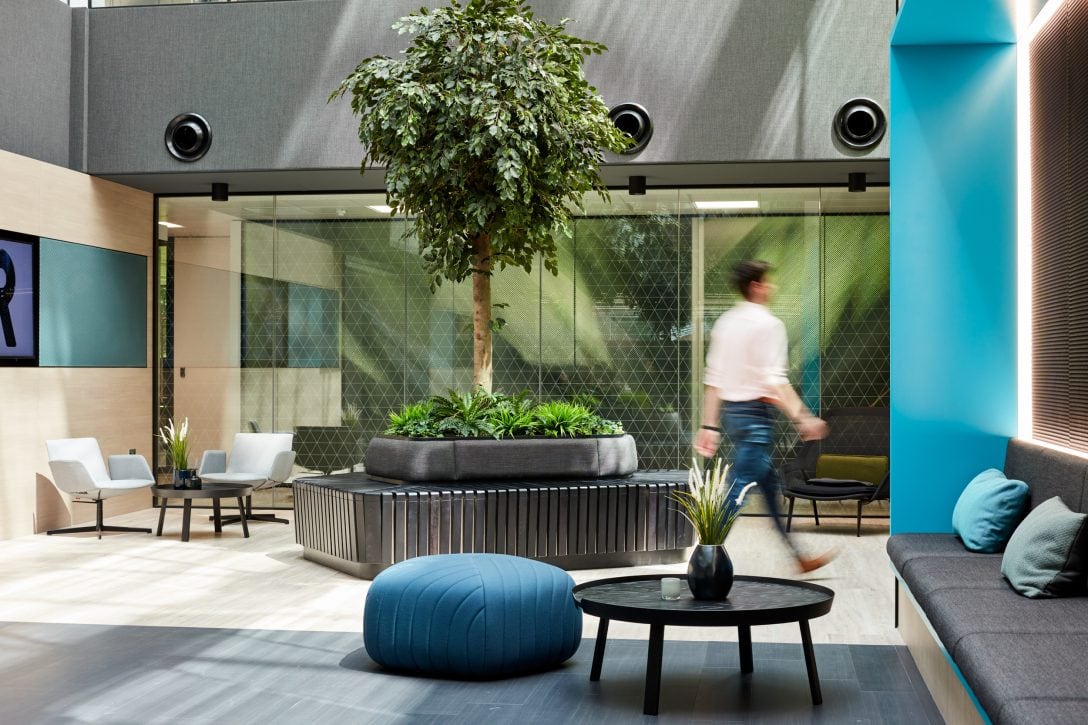
Although the full impact of recent events is still unknown, we’re predicting that COVID-19 might be the black swan event that forces us to change our mindset around current workplace design and allow businesses to re-engineer their workplace wellness practices.
Now more than ever we need the expertise of workplace consultants, workplace designers and architects alike to rally together and evolve the workplace into more responsive and quintessential spaces that reject traditional ways of working, which exist because of convention, into more responsive and nurturing spaces.
Work life balance has taken on a new meaning
For many of us the actions we’ve taken to avoid the spread of the virus have broken the usual boundaries that conventionally separated work, from the rest of our lives. With the virus thrusting work and home life under the one roof, not only have we met our co-workers children as they creep into the background of Zoom calls, but our colleagues have seen inside our homes.
The stark comparison between the CEO’s perfectly decorated home library and the office junior’s share house situation are now abruptly on show. Suddenly we’ve become aware of everyone’s home situation and the struggle to manage it all has now become highly visible to our colleagues and bosses, leaving many of us questioning the old concept of work-life balance.
With managers and employers becoming increasingly aware of each individual’s personal juggles after this period of working from home, the future of work life may move forward towards a more integrated work and life balance, and a departure from thinking of work time and home time as being distinct and separate blocks.
As the tolerance for combining work and life merge, in order to facilitate this from a workplace design perspective, we are expecting to see more demand for flexible work environments that adapt to the needs of a multi-generational workforce. Expectations will go beyond conventional office requirements and become more holistic and integrated facilities that can help in achieving and maintaining a healthy work and life balance.
Our latest project for a prominent global insurance company exemplifies an innovative workplace design prioritising work-life balance. We addressed all staff welfare needs through a spacious open-plan restaurant featuring a nutritious menu, which serves up to 200 lunches a day. This vibrant breakout space then seamlessly extends to a landscaped outdoor seating area, providing a refreshing natural setting for staff to unwind during breaks.
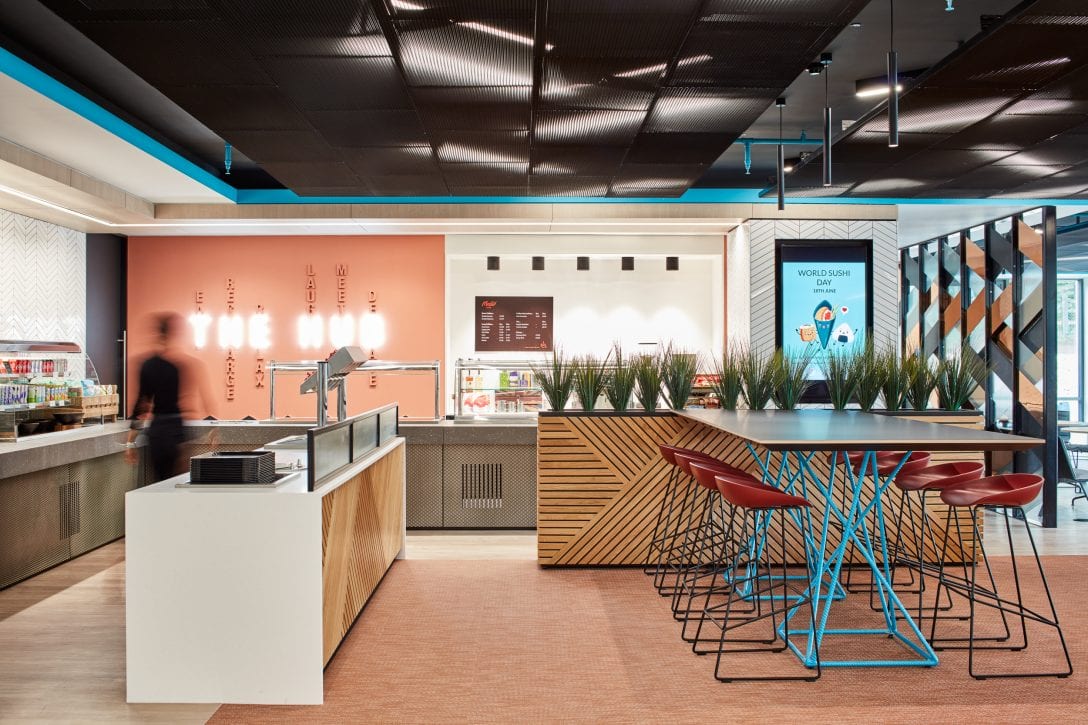
More than ever, we’re craving connection to nature
“We’re so lucky to have the garden.” We’ve all heard it over the past few months. As the difference between the experiences of living through the coronavirus lockdown with a home garden, compared to living in a high-density urban area in an apartment, has made it clearer than ever before that green space and connection to nature is priceless.
As workplace designer’s we’re always talking about the importance of increasing biophilia in the workplace. Time spent in green spaces has long been known to improve human wellbeing. But the limitations imposed by the coronavirus lockdown have brought to the forefront our need for a connection to nature.
Incorporating nature into the workplace isn’t just limited to simply adding greenery in the form of indoor plants. Sunlight also has a huge impact on health and general well-being in the workplace, helping to regulate the body’s circadian rhythms. When planning a new space, maximising access to natural light in areas which will most commonly be used within your office floorplate can assist in making your office and staff more happy and productive while at work.
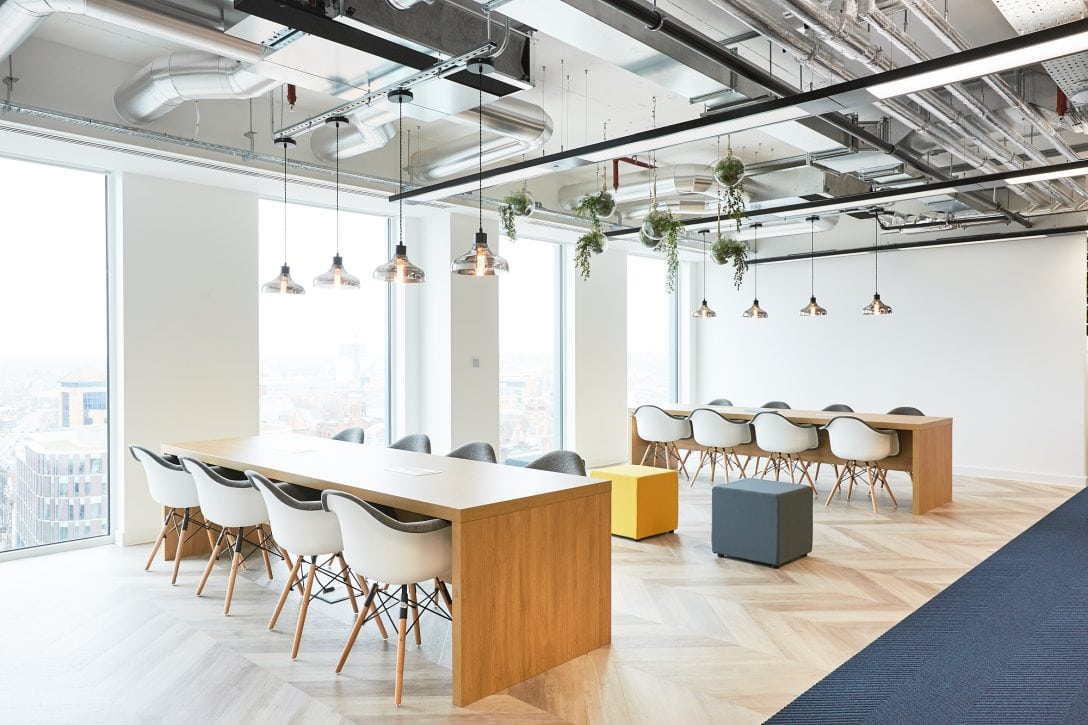
Designing for mental health in the workplace
While research and understanding towards better integration of workplace design and mental health promotion is ongoing, the COVID-19 lockdown has placed a much greater awareness upon checking in with your staff and colleagues to check they’re doing ok. We have become increasingly aware of anxiety and for many, the prolonged period of isolation when combined with an absence of routine, blurred boundaries and lack of connection has been particularly burdensome.
While our immediate plans for a return to work need to incorporate social distancing measures, in the longer term we hope to see a return to emphasising meaningful and productive social interaction within the office. Creating connections is an objection easily attainable in workplace design. Features such as breakout areas and open plan kitchen areas facilitate positive, safe and natural interactions amongst staff which can assist in creating positive mental health by embedding a sense of community, integration and belonging.
Looking for other ways to incorporate social elements into your workspace?
Now is a time for companies to step back and re-examine which traditional ways of working exist because of convention, not necessity and act to re-invigorate their workplace designs for positive change. Get in touch with a member of our team today to discuss your needs.
